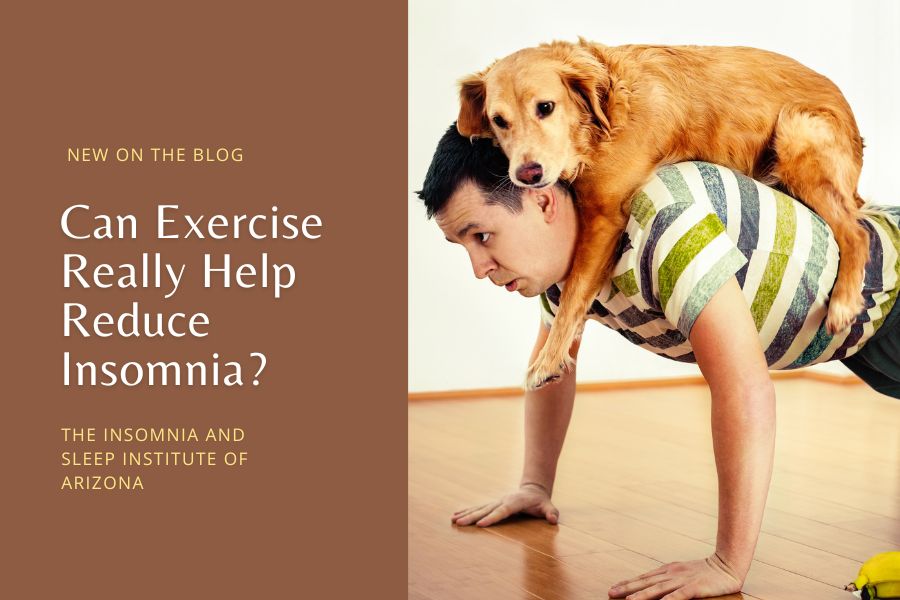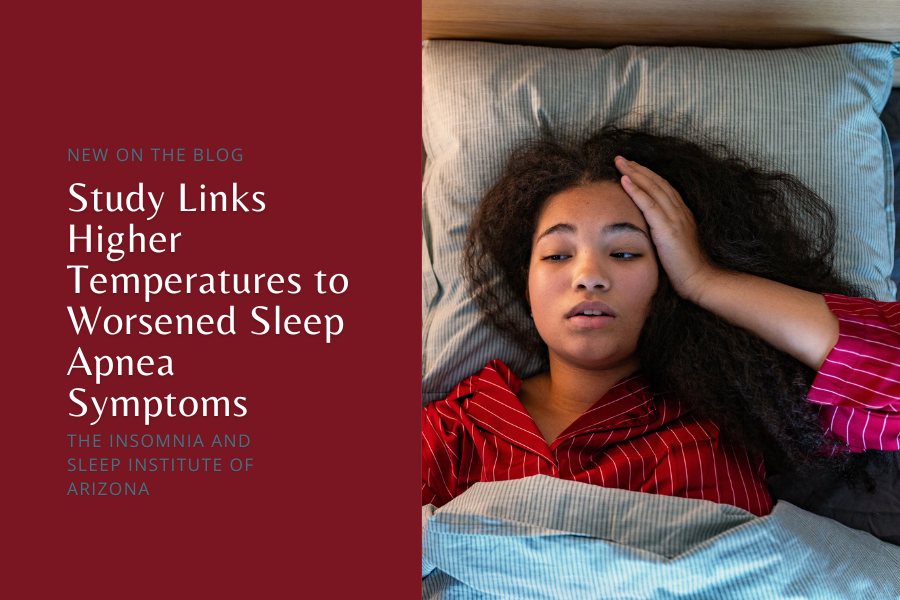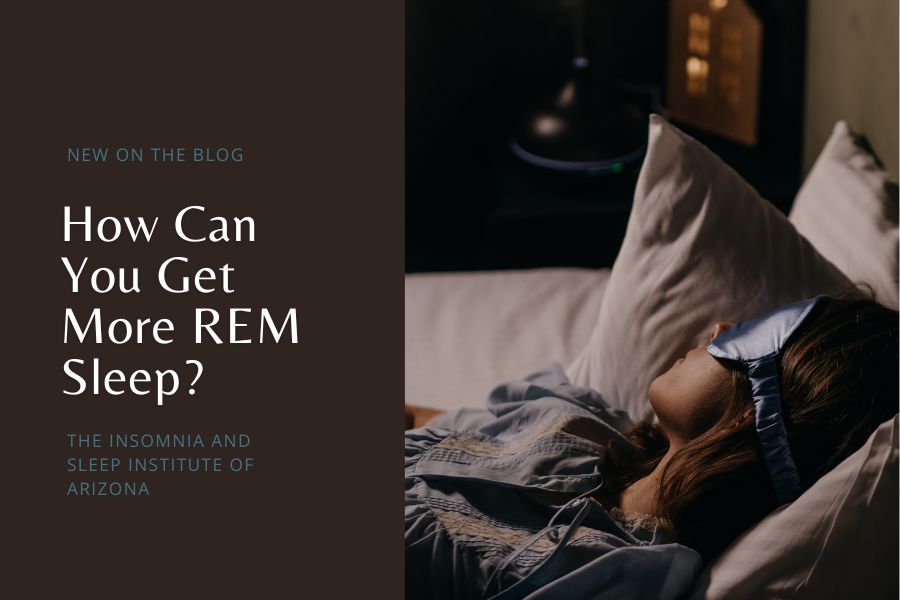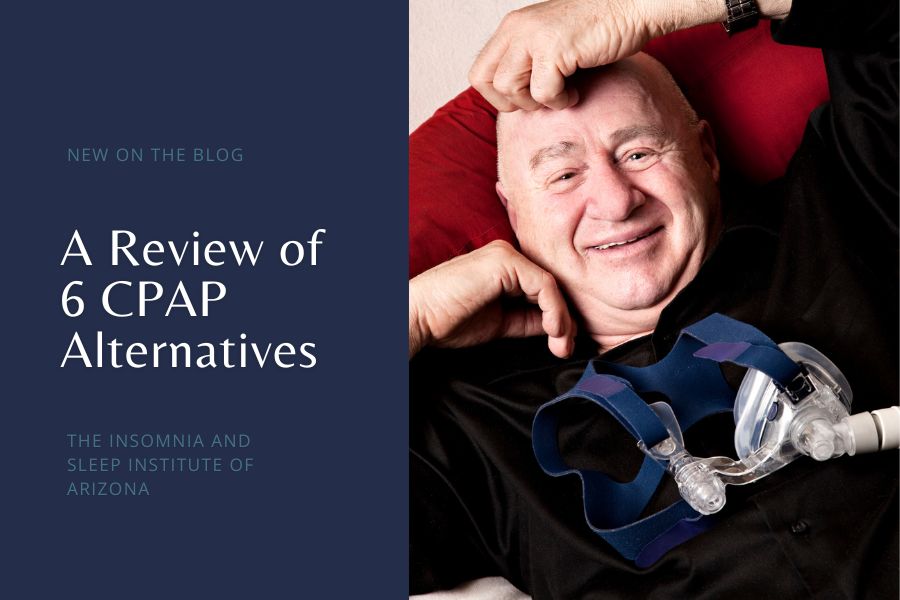About 30% of adults report some form of sleep disruption such as insomnia which affects millions of people worldwide.
In addition to being very frustrating, sleep issues can lead to severe health consequences, including an increased risk of depression, anxiety, and cardiovascular disease.
Doctors often recommend medication and cognitive behavioral therapy (CBT) for sleep issues. But exercise is increasingly being recognized as a great, natural way to improve sleep quality.
What Types of Exercise Are Most Effective for Better Sleep?
Not all forms of exercise help sleep the same way. Certain types of physical activity can greatly improve how well and how long you sleep. The following are some of the most effective types of exercise to help you sleep better:
Aerobic Exercise
Aerobic exercise, often referred to as cardio, is highly effective for enhancing sleep quality. Activities like walking, running, swimming, and cycling increase your heart rate and improve cardiovascular health.
For instance, research found that people who engaged in regular aerobic exercise experienced significant improvements in sleep quality, mood, and overall quality of life. Participants reported fewer waking episodes during the night and less reliance on sleep aids.
But there’s a catch: Timing matters. Exercising too close to bedtime might have the opposite effect, making it harder to fall asleep because physical activity increases endorphins and raises body temperature, which can be stimulating. Aim for exercising at least 2-3 hours before bed for best results.
Resistance Training
Strength training, or resistance exercise, is another great way to get better sleep. Weight lifting, bodyweight exercises, and resistance band workouts are common examples. Resistance training helps regulate the body’s internal clock, known as the circadian rhythm. This internal clock controls when we feel awake and when we feel sleepy.
Research suggests that engaging in resistance training, especially in the afternoon or early evening, can improve sleep quality and reduce sleep latency — the time it takes to fall asleep. The theory is that the physical exertion from resistance training leads to a greater buildup of adenosine, a chemical that promotes sleep.
Again, timing is key. If you’re doing intense resistance training late at night, it might interfere with your ability to unwind and fall asleep. As with aerobic exercise, aim to complete your workout a few hours before bed.
Yoga and Stretching
If you’re looking for a more relaxing way to improve your sleep, yoga and stretching might help. These gentle exercises can ease tension and reduce anxiety. Stress and anxiety often disrupt sleep. Adding some simple stretches or yoga to your routine may be the answer.
Experts found that practicing yoga regularly can improve sleep quality. Yoga combines physical movement with deep breathing and meditation, which helps calm the nervous system.
Stretching before bed can also help prepare your body for sleep. It’s a low-intensity activity that can release muscle tension and promote relaxation. Adding a quick yoga or stretching routine to your evening can help tell your body it’s time to relax. It’s a simple way to wind down before bed.
Mindful Movement Practices
Mindful movement practices like Tai Chi and Qigong blend gentle physical activity with mindfulness and breathing exercises. These practices are particularly beneficial for older adults and those with chronic insomnia because they address both the physical and mental aspects of sleep.
A study found that older adults who practiced Tai Chi reported better sleep quality and less daytime fatigue than those who didn’t engage in mindful movement. The gentle nature of these exercises makes them accessible to people of all fitness levels.
What Does Research Say About Exercise and Insomnia?
As mentioned earlier, there are many treatments for insomnia, but physical activity is also gaining attention as a way to help manage insomnia.
But what does research say about the relationship between exercise and insomnia? A study titled “Association between physical activity over a 10-year period and current insomnia symptoms, sleep duration and daytime sleepiness: a European population-based study” sheds light on this topic.
The Study at a Glance
This population-based, multicenter cohort study was conducted across 21 centers in nine European countries. It included 4,339 participants aged 39-67 who were part of the European Community Respiratory Health Survey (ECRHS). The study explored the relationship between physical activity over 10 years and current symptoms of insomnia, daytime sleepiness, and sleep duration.
Participants were categorized based on their physical activity levels into four groups: persistently non-active, became inactive, became active, and persistently active. Those classified as physically active engaged in exercise at least two or more times a week for an hour or more. The main outcomes measured were insomnia symptoms, sleep duration, and daytime sleepiness.
Key Findings
The study’s results are compelling. Among the participants, 37% were persistently non-active, 25% were persistently active, 20% became inactive, and 18% became active from the baseline to the 10-year follow-up.
One of the most significant findings was that persistently active individuals had a lower risk of certain insomnia symptoms and extreme sleep durations (both short and long) compared to those who were persistently non-active. Specifically:
- Difficulties Initiating Sleep: Persistently active participants were 40% less likely to report difficulties in initiating sleep (OR 0.60, 95% CI 0.45–0.78).
- Short Sleep Duration: They were also 29% less likely to report a short sleep duration of 6 hours or less per night (OR 0.71, 95% CI 0.59–0.85).
- Long Sleep Duration: Additionally, persistently active individuals had a 47% lower likelihood of reporting a long sleep duration of 9 hours or more per night (OR 0.53, 95% CI 0.33–0.84).
Interestingly, the study found no significant association between physical activity status and daytime sleepiness or difficulties in maintaining sleep. This suggests that while regular physical activity can positively influence sleep onset and duration, the effect it has on other aspects of sleep, such as daytime alertness or sleep continuity, may be too small to be detected in this study.
Why Does Exercise Help?
The benefits of exercise on sleep, particularly in reducing insomnia symptoms, can be attributed to several factors. Firstly, physical activity helps regulate the body’s circadian rhythm, the internal clock that governs sleep-wake cycles. Regular exercise promotes the release of adenosine, a sleep-promoting chemical, leading to easier sleep initiation and better sleep quality.
Moreover, exercise reduces stress and anxiety, two major contributors to insomnia. Physical activity triggers the release of endorphins, which help alleviate stress and promote a sense of well-being. Over time, this can lead to more restful sleep and reduced insomnia symptoms.
The Importance of Consistency
The study stresses the importance of consistency in physical activity for long-term benefits. Those who were persistently active reaped the most significant rewards in terms of reduced insomnia symptoms and more regular sleep durations.
On the other hand, participants who became inactive or remained non-active did not experience these benefits, highlighting the need for sustained exercise routines to combat insomnia effectively.
Can Exercise Replace Other Insomnia Treatments?
Not entirely. While exercise has many benefits, it is not a standalone cure for insomnia. Insomnia is a complex condition with various underlying causes, including stress, anxiety, depression, medical conditions, and poor sleep hygiene.
Exercise can help address some of these factors, particularly by reducing stress and improving mood. But it may not be enough for everyone. For many, a combination of treatments is often necessary.
Why are Other Treatments Important?
Insomnia treatments vary widely, depending on the individual’s needs. Cognitive Behavioral Therapy for Insomnia (CBT-I) is considered the gold standard. It helps people identify and change thoughts and behaviors that contribute to insomnia. Medications, while not a first-line treatment, can also be important, particularly for short-term relief.
Then there’s sleep hygiene — practices like maintaining a regular sleep schedule, creating a comfortable sleep environment, and avoiding stimulants close to bedtime. These are needed to set the stage for good sleep, and exercise can complement these efforts but not replace them.
Some people might experience insomnia due to medical conditions like sleep apnea, restless legs syndrome, or chronic pain. In such cases, treating the underlying condition is essential, and exercise alone wouldn’t suffice. Therefore, while exercise is a valuable part of a comprehensive approach to managing insomnia, it’s rarely the only treatment needed.
What Role Does The Insomnia and Sleep Institute of Arizona Play in Treating Insomnia?
The Insomnia and Sleep Institute of Arizona leads the way in sleep medicine. We offer a thorough approach to diagnosing and treating insomnia. Our care goes beyond just suggesting lifestyle changes like exercise.
Thorough Diagnosis
The Institute focuses on finding the root causes of insomnia. Insomnia often points to a deeper issue, so getting the right diagnosis is key for treatment. The team uses advanced tools to guide this process. These include overnight sleep studies and home testing. This allows us to identify conditions like sleep apnea or chronic insomnia.
Treatment Plans
The Insomnia and Sleep Institute of Arizona creates treatment plans based on each person’s unique needs. One option is CBT-I, a key part of treating insomnia here. The team also includes specialists who handle other sleep problems. Each plan is customized to ensure the best care possible. It’s all about improving your sleep and overall well-being.
Expert Care and Support
What sets the Institute apart is its team of board-certified sleep medicine specialists who bring extensive expertise to the table.
Patients receive care from experts who understand the intricacies of sleep disorders and who can offer a range of treatment options. Including cutting-edge therapies like Inspire therapy for sleep apnea.
Patient Education
The Institute focuses on educating patients about their health. We explain how good sleep habits and exercise can help with insomnia. We also emphasize how healthy lifestyle choices are needed in better sleep. Most importantly, we offer continuous support to help patients stick to their treatment plans. This ensures long-term success for better sleep.
Schedule your consultation with the Insomnia and Sleep Institute of Arizona and start your journey to better rest.
References
Wang, C., Jiang, T., Li, H., Cao, G., & Zhang, G. (2024). The effects of Tai Chi exercise on sleep quality among the elderly: a study based on polysomnographic monitoring. Frontiers in Neurology, 15. https://doi.org/10.3389/fneur.2024.1304463
Erla Bjornsdottir, Elin Helga Thorarinsdottir, Lindberg, E., Bryndis Benediktsdottir, Franklin, K., Jarvis, D., Pascal Demoly, Perret, J. L., Judith Garcia Aymerich, Dorado-Arenas, S., Heinrich, J., Kjell Torén, Vanessa Garcia Larsen, Rain Jögi, Gislason, T., & Janson, C. (2024). Association between physical activity over a 10-year period and current insomnia symptoms, sleep duration and daytime sleepiness: a European population-based study. BMJ Open, 14(3), e067197–e067197. https://doi.org/10.1136/bmjopen-2022-067197
Gupta, S., Bansal, K., & Saxena, P. (2022). A clinical trial to compare the effects of aerobic training and resistance training on sleep quality and quality of life in older adults with sleep disturbance. Sleep Science, 15(02), 188–195. https://doi.org/10.5935/1984-0063.20220040
Reid, K. J., Kelly Glazer Baron, Lu, B., Naylor, E., Wolfe, L., & Zee, P. C. (2010). Aerobic exercise improves self-reported sleep and quality of life in older adults with insomnia. Sleep Medicine, 11(9), 934–940. https://doi.org/10.1016/j.sleep.2010.04.014
Marshall, S., Wu, C., & Stiles, S. (2024, March 7). Sleep Statistics and Facts. NCOA Adviser; NCOA Adviser. https://www.ncoa.org/adviser/sleep/sleep-statistics/
Wang, W.-L., Chen, K.-H., Pan, Y.-C., Yang, S.-N., & Chan, Y.-Y. (2020). The effect of yoga on sleep quality and insomnia in women with sleep problems: a systematic review and meta-analysis. BMC Psychiatry, 20(1). https://doi.org/10.1186/s12888-020-02566-4








